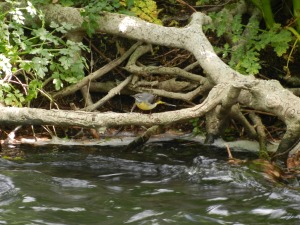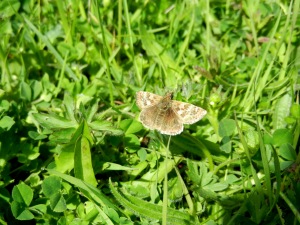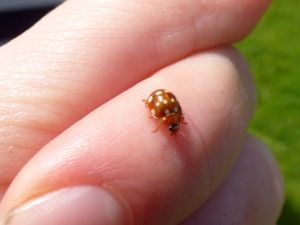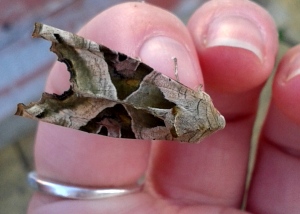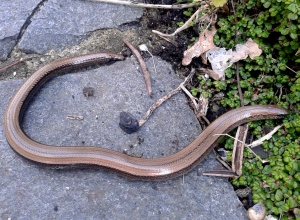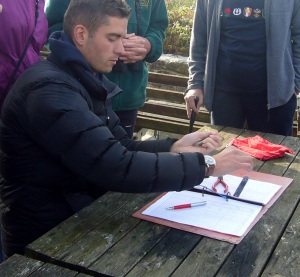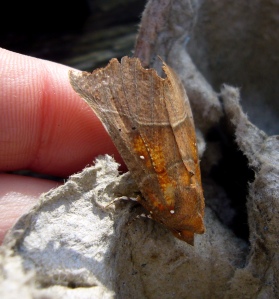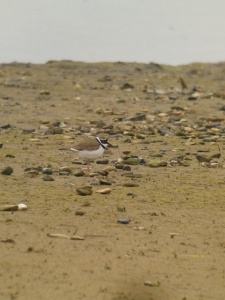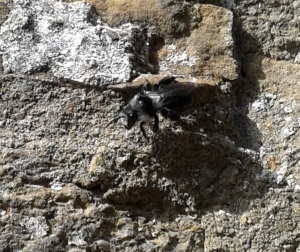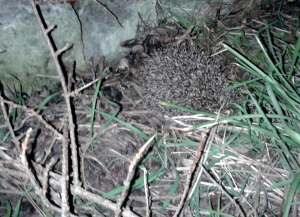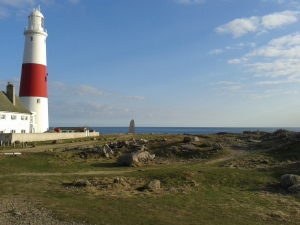Wonderful Wildlife of 2014
We approach the end of the almighty year that was 2014. Whilst 2013 could be called “The Year of South African Wildlife” (albeit there were only four months there, but you know what I mean), 2014 was definitely a year of British wildlife for me.
Lepidoptera
The start of the year saw me quite interested in butterflies and moths, I knew perhaps a couple of species. As I write, I do believe it would be correct to call me obsessed with this wonderful group. I’ll start with the smaller group first, that which is familiar to more people – the butterflies. Out of 59 species, I’ve seen at least 31 – not bad for a beginner who could only just identify the most well-known species at the beginning of the year! I’ve gone on butterfly group walks, set out to see a specific species (Lulworth Skipper – a success btw), and submitted my sightings like a good citizen scientist. Below are a selection of my favourite photos from this year:
And now onto my favourites, the moths! (Though really, butterflies are basically just a group of moths, but that’s for another time). I’m not even sure how many species I’ve seen – a sign I think that I need to get better at recording in 2015! One thing’s for sure though, I’ve seen quite a few, more than I knew existed just a few years ago! I’ve seen tiny moths only a few millimetres long and incredibly large moths that look like birds. I’ve seen a variety of life cycles, I’ve seen day-flying ones, caught ones at night, seen common species, very rare species and many in between!
I’m not sure what my highlights would be, there are so many possibilities!
- Spotting a Six-belted Clearwing before my keen-eyed fellow Lepidoptera enthusiast
- Catching 61 December Moths in one night (in one trap!) – when I was only expecting a couple of moths at most
- Finding the larvae of a micro-moth in its one known location in the British Isles
- Seeing my first Hummingbird Hawk-Moth on my first day at Gilfach Reserve
- Catching 5 Merveille Du Jour in only 3 nights of trapping
- My interest in moths influencing friends and family
- Finding clothing with a moth design on (naturally I bought them all!)
- Generally improving my ID skills to the point that I know a number of species without having to look at a guide!
- A group of four chilling out
- The Least Owlet Moth larvae (just below the shell and leaf)
- Oak Eggar Moth (male)
Birds
It would be acceptable to say that at the beginning of 2014, I knew how to identify pretty much just your basic garden birds and a couple of other species. I’d heard of a variety of species, but hadn’t pursued learning how to identify them, or ticking them off. That all changed when I arrived at the Chesil Beach Centre in Dorset – with large flocks of birds right in front of me, and a Bird Observatory practically just up the road, it was time to acquire some birding knowledge.
Again, it’s hard to pick highlights, and even when I’m thinking of the possibilities, most of them don’t have accompanying photographs!
- Hearing a booming bittern at dawn (crikey that was an early start)
- Learning how to identify a couple of warblers by song when they’re hidden in the surrounding wetlands
- Seeing my first wild Barn Owls
- Going on my first proper twitch, to see the Short-Toed (Snake) Eagle nr Wareham
- Assisting on bird ringing – particularly going across to the Portland Harbour Wall to ring gull chicks
- Taking a decent photo of a Goldcrest
- And generally seeing so many new and awesome birds!
- Short-toed Snake Eagle
- Goldcrest
Other Beasties
Due to my naivety, I haven’t actually kept a proper list of which other species I’ve seen this year, which is rather silly and a lesson I shall learn from for 2015! As it is, I do know that I saw a number of rather lovely and/or interesting creatures during 2014. I shan’t list them all, but you can see them below.
- Western Conifer Seed Bug
- Giant Tachinid Fly (T.grossa)
- A very blurry salmon
- High(ish) tide before the sun came out. Jess said: There’s a few gulls outside if you want to practice your identification (!)
- Smooth snake, not too sure about having its photo taken!
- Bumblebee
- Cream-spot Ladybird. A favourite of mine as it was one of the first ladybird species that I properly identified.
- An eft! Not a great photo, but can you make out the gills at the back of the head? Unknown whether smooth or palmate newt species.
- My favourite photo from Lorton – an immature male Common Darter dragonfly, resting on the branch of an apple tree!
- Lower jaw bones – the most caudal section (rostral?) came apart so not sure how far into the jaw it slides.
What of botany?
Suffice to say that my botanical knowledge does need improvement, but then again, it is better than your average layman, and decent for a beginner!
- Biting Stonecrop
- Wild strawberries! Very yummy
- Stinking Iris
- Dingy Skipper Butterfly. Although less bright and flashy than other butterflies, it is still a beauty.
All in all, it’s been a pretty awesome year for me seeing and learning about wildlife – thank you to everyone who has been fantastic in helping me, I can’t even begin to list you all, but you know who you are.






































































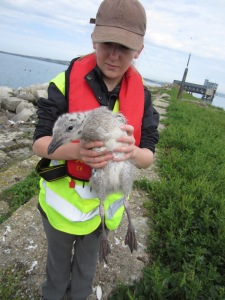






















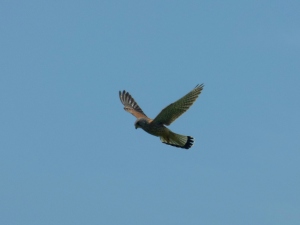



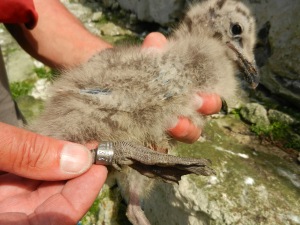

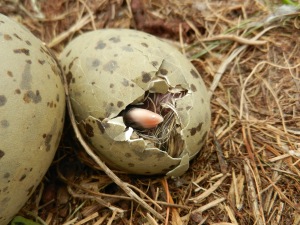



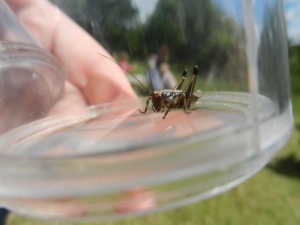








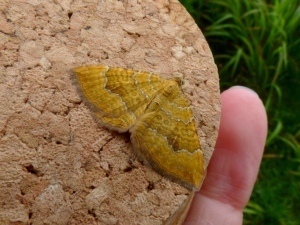
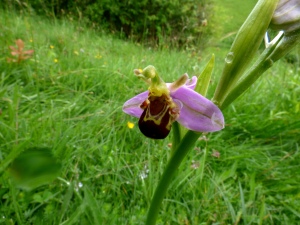
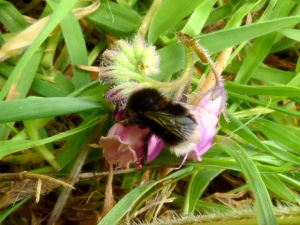

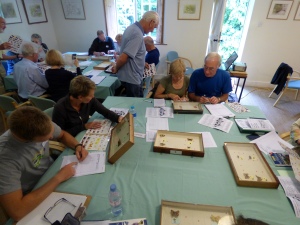
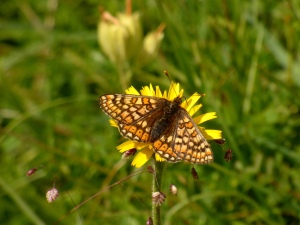
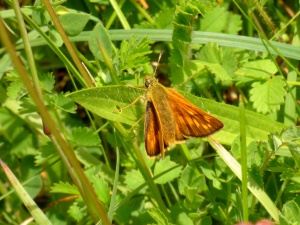

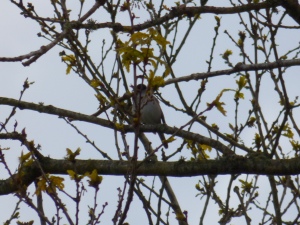

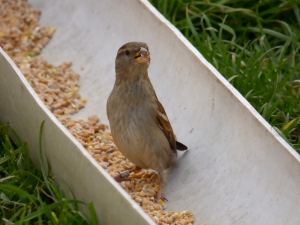
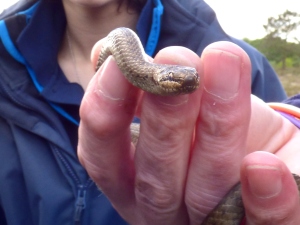
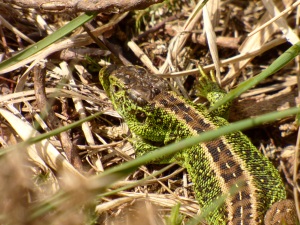

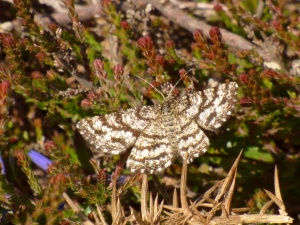
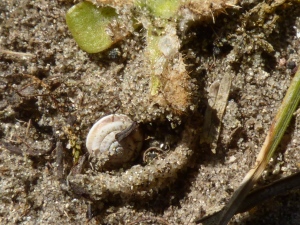

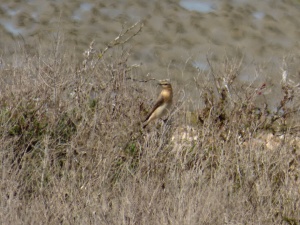






![Scarce Blue-tailed Damselfly (note the end segments of the abdomen [tail])](http://mshersby.files.wordpress.com/2014/05/p1030105.jpg?w=300)
